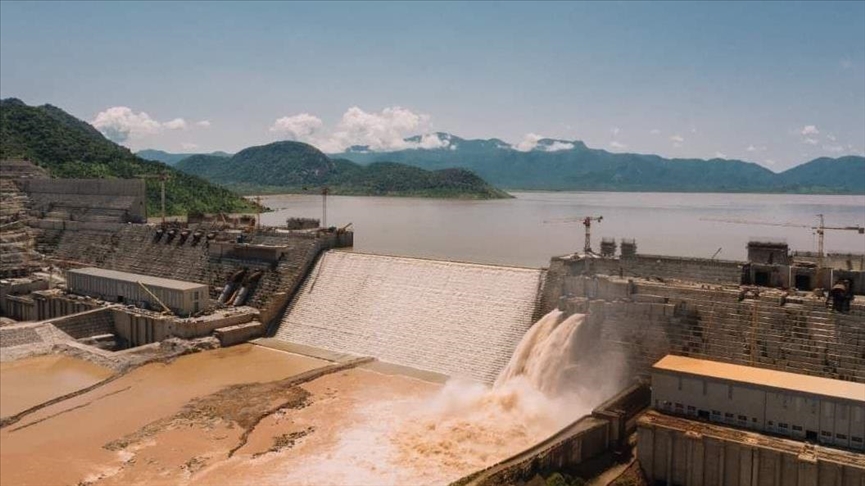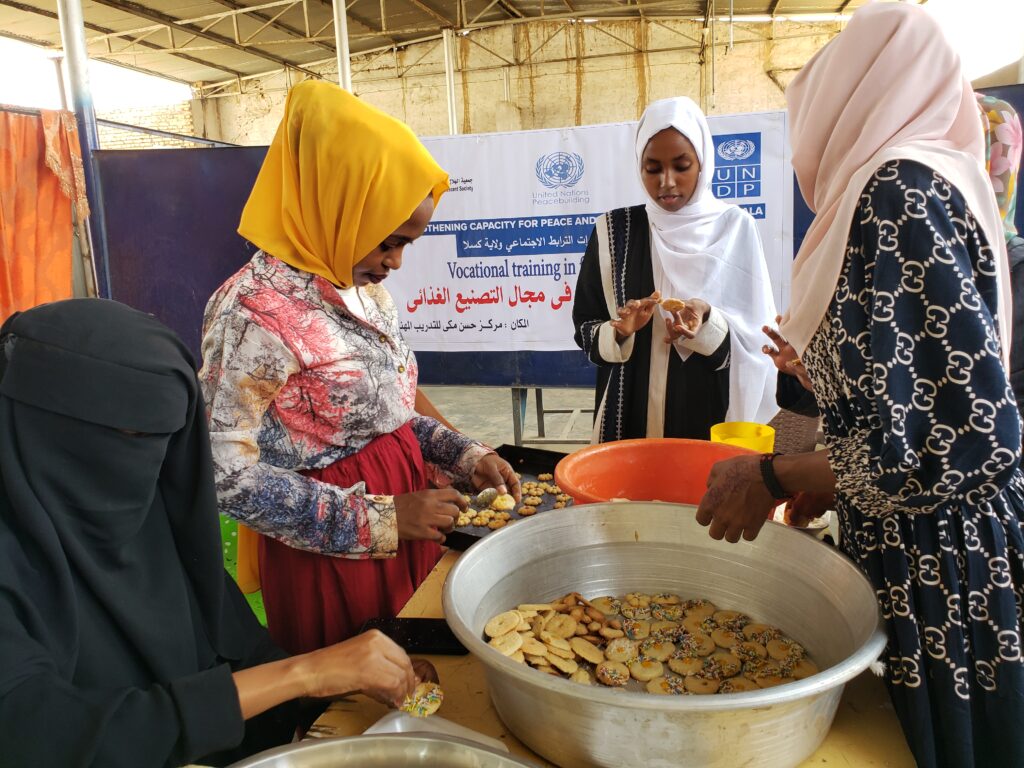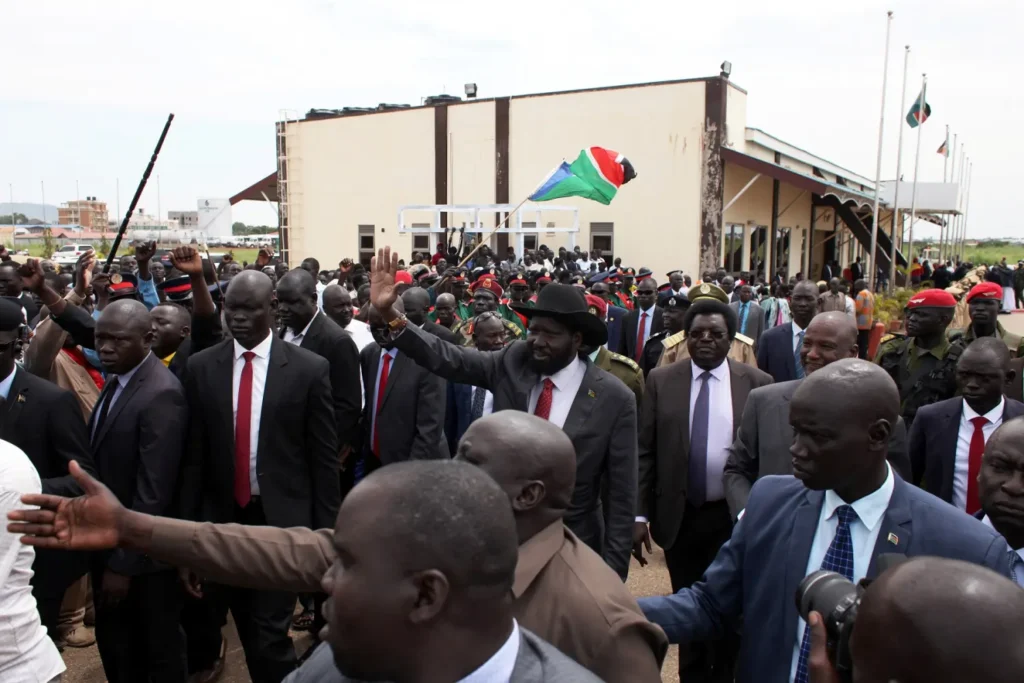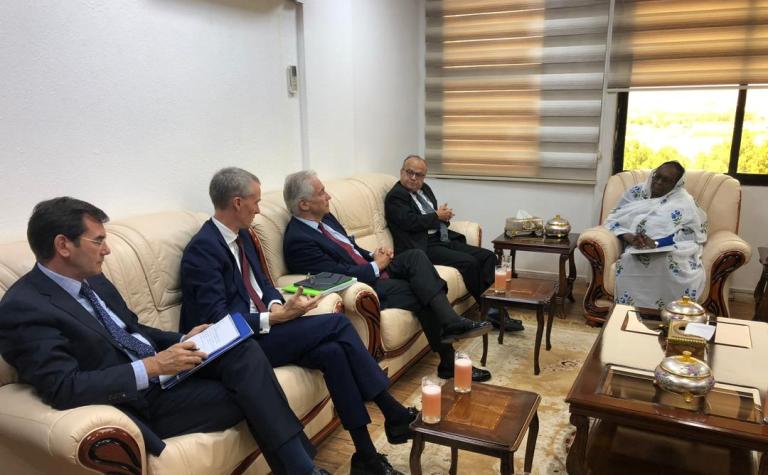
Over the past few days the effects of the fourth filling of the Renaissance Dam have started to appear, including a decrease in the water level of the Nile and the emergence of drought in some areas of Sudan, experts said.
Egyptian expert Abbas Sharaki revealed that for the first time in a while, most of the floodwaters of the Blue Nile, which constitutes about 60% of the total income of the Nile River, have been retained this year.
He also confirmed that there was a shortage of about 25 billion cubic meters, representing 84%, noting that this has never happened in history, not even during years of drought.
Additionally, he added that most areas along the Blue Nile and the main Nile north of Khartoum suffer from a decrease in Nile water income, affecting millions of farmers who rely on flood irrigation.
The Egyptian Ministry of Water Resources and Irrigation confirmed that the negotiations held in Cairo last week regarding the Renaissance Dam crisis did not witness tangible changes in the Ethiopian side’s positions.
It emphasized that Cairo continues its diligent efforts to reach a legally binding agreement on the rules for filling and operating the Renaissance Dam, taking into consideration Egyptian interests and constants, while preserving its water security and preventing any harm.
The Ministry further added that Egypt is striving for an agreement that benefits all three countries, which requires all negotiating parties to adopt a comprehensive vision that combines the protection of national interests and the achievement of benefits for all.



